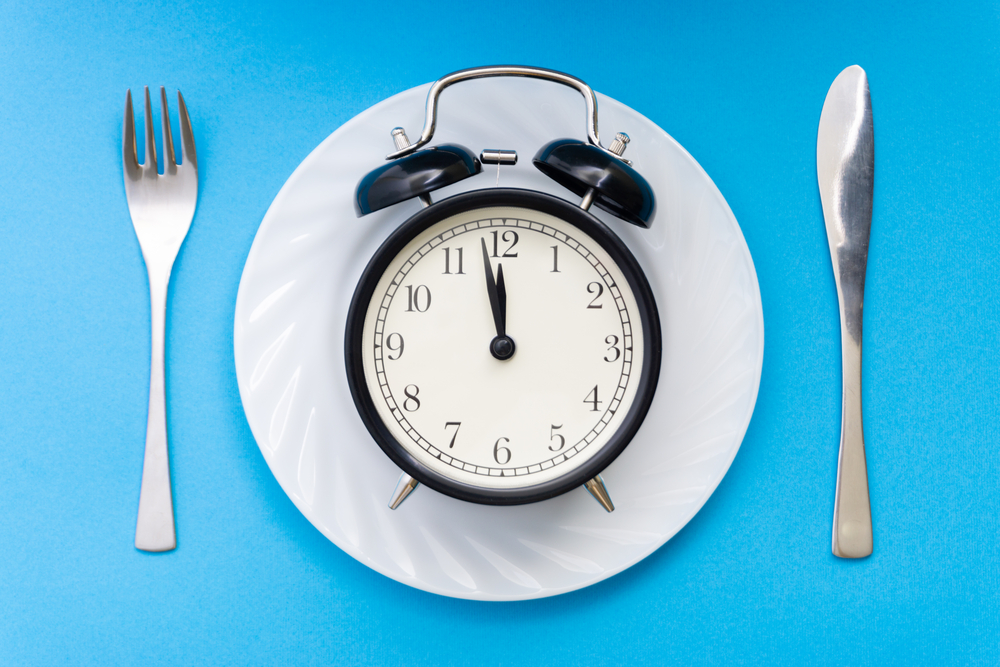

It’s good to give up food and drink every now and then. At least that’s what numerous religions and cultures tell us about fasting. Indeed, devout Muslims are about to start their annual one month fast, Ramadan, when they stop eating and drinking during daylight hours (roughly 5am to 7.30pm in Western Europe). That means no nibbling on biscuits or even drinking water for most of their waking hours. But it’s not just Islam that features fasting.
For Christians, the season of Lent, which started in March, marks the time Jesus fasted in the desert. Christians often practice a form of fasting during this time. In the Catholic tradition, this would include abstaining from meat and other food groups during Lent and restricting your meals to one on key holy days.
In the Jewish tradition, the fasting practice is called ta’anit, which entails abstaining from food and drink. A full (major) fast of just over 24 hours is done twice a year on Yom Kippur (day of atonement) and Tisha B’Av (commemorating the destruction of the Temples). And shorter (minor) fasts that go from sunrise to sunset are done on four other sacred days of the year.
In Hinduism, fasting takes various forms. In one version, you abstain from all food and drink (including water) from sunset to just after sunrise the next day. This would be done twice each month during each lunar phase (Ekadasi).
All of this shows that cultures and traditions recognize the usefulness of fasting. In religious texts, the common cited benefits of fasting include: helps control your ego, allows you to reconnect to important historical events, makes you thankful for food, and helps bring communities together.
And in today’s less religious world, we find that health experts are also increasingly advocating for fasting. It’s less about controlling your ego, and more about losing weight or living longer. The specifics of how to fast differ from religious practices. Typically, it entails abstaining from food, but allowing water.
The science comes into the duration of the fast. Some science suggests fasting (no food or drink, except water) for several days or more at least twice a year to get longevity benefits. Then there is intermittent fasting which includes concepts such as reducing your eating window each day to (say) eight hours or the 5:2 method when you eat normally on 5 days and have a heavily reduced calorific diet for 2 days. These methods have been found to be effective in losing weight.
In the end, whatever your belief system, it’s clear some form of fasting should be part of your routine.
Spring sale - Prime Membership only £3 for 3 months! Get trade ideas and macro insights now
Your subscription has been successfully canceled.
Discount Applied - Your subscription has now updated with Coupon and from next payment Discount will be applied.